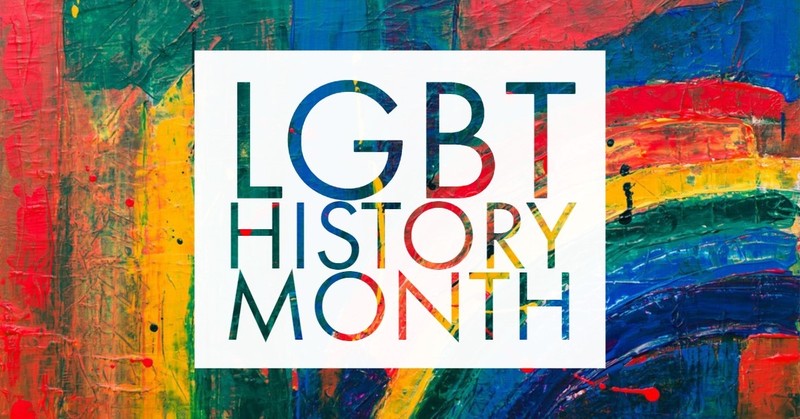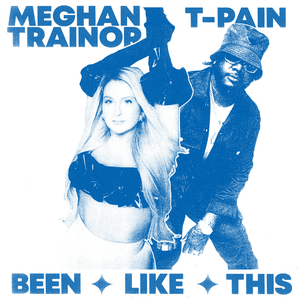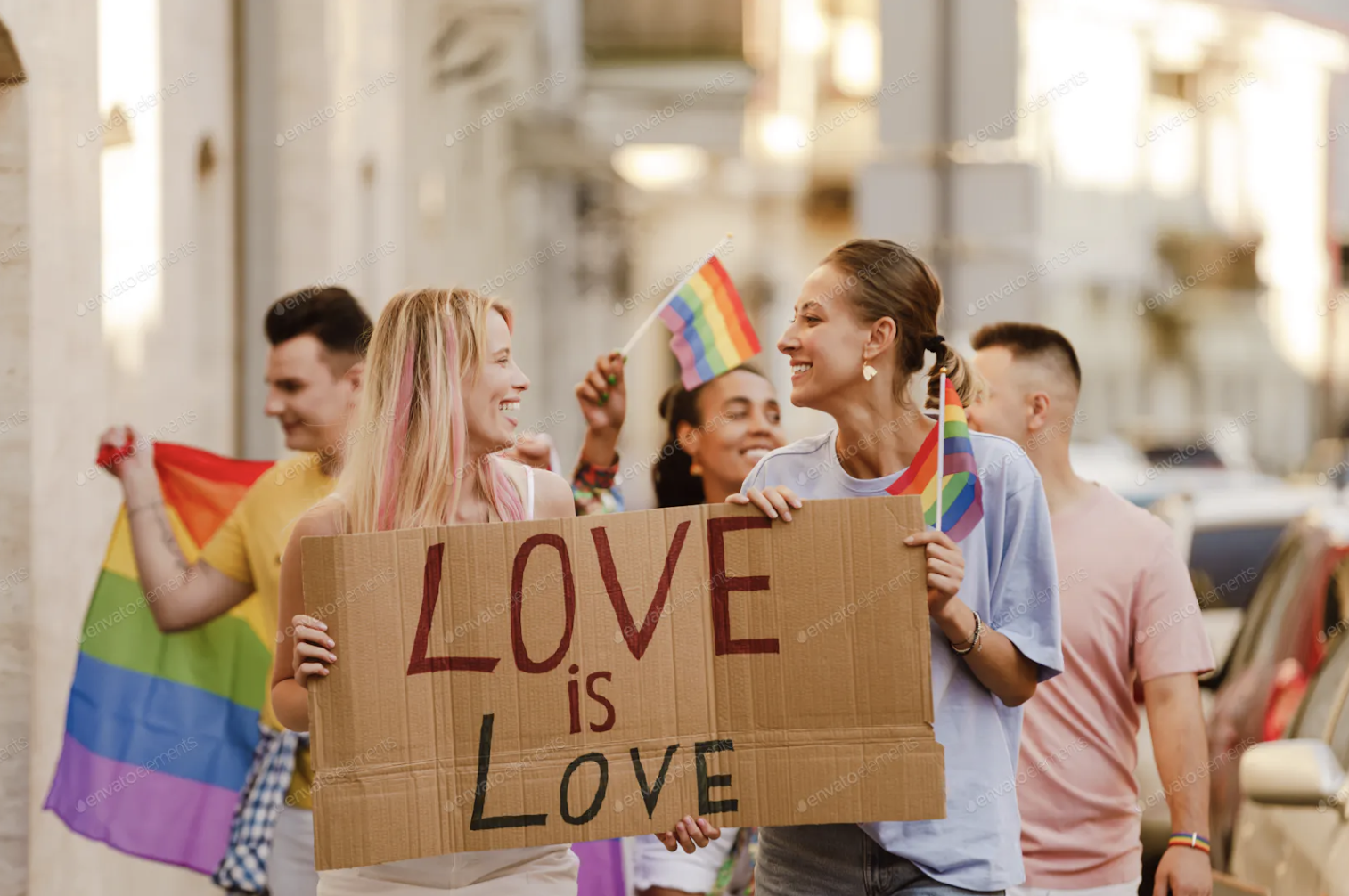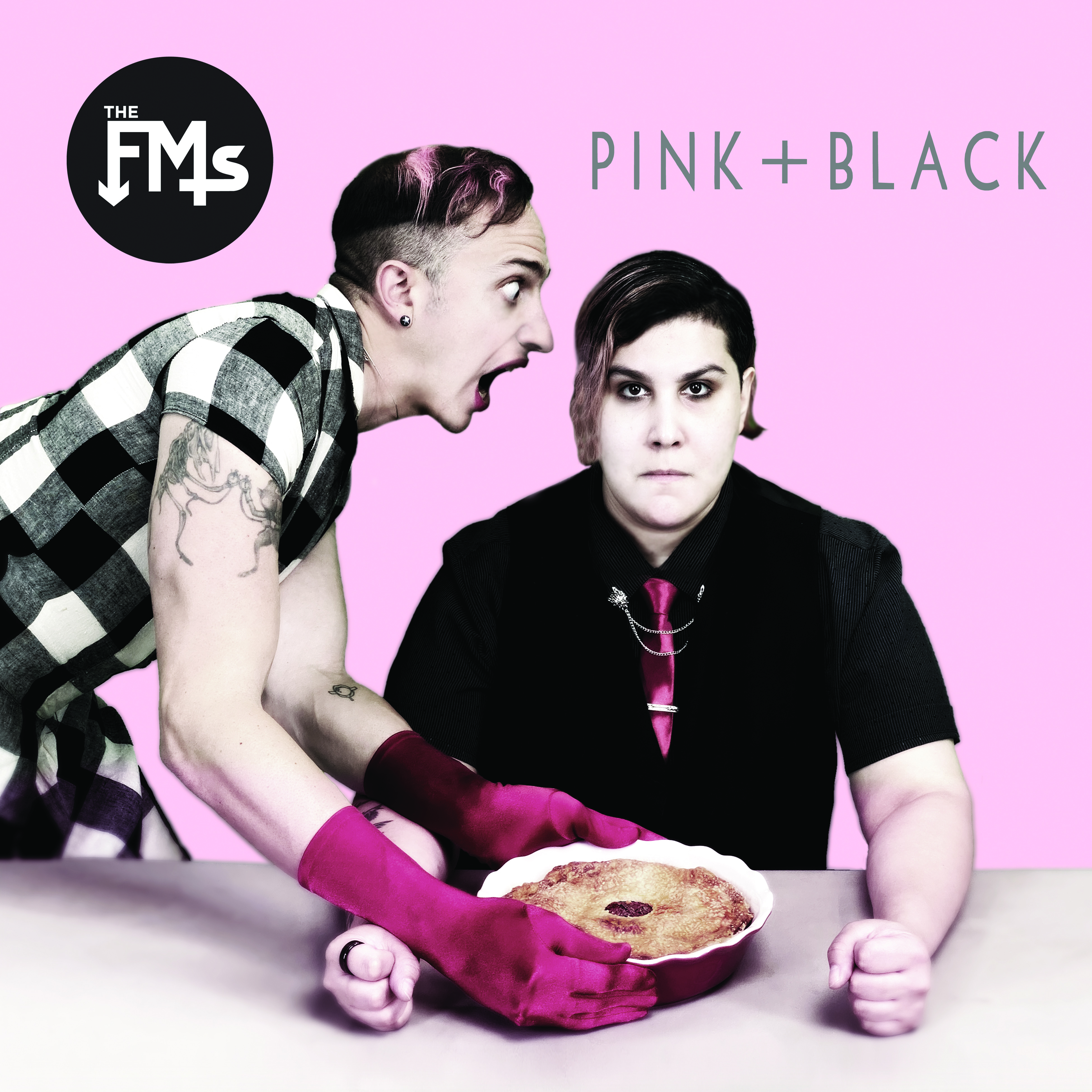-
 play_arrow
play_arrow
GlitterBeam Radio GlitterBeam Radio
-
 play_arrow
play_arrow
Supernova 118
-
 play_arrow
play_arrow
Supernova 117
-
 play_arrow
play_arrow
Sanremo Music Festival 2023
-
 play_arrow
play_arrow
Supernova 116
-
 play_arrow
play_arrow
Supernova 115
-
 play_arrow
play_arrow
Supernova 114
-
 play_arrow
play_arrow
Supernova 113
-
 play_arrow
play_arrow
Supernova 112
-
 play_arrow
play_arrow
Supernova 111
The History of Conversion Therapy
“Queers Through the Years” is the section curated by Molly Saxby
Conversion therapy has recently re-entered public discussion as campaigners have urged ministers to move quickly towards the ban on conversion therapy in England and Wales. It is important to look at the origins and history of conversion therapy to draw greater attention to its shocking persistence in the modern day.
Conversion therapy first emerged in the late 19th century and refers to the medical process and theory of changing a persons sexuality or gender. At this time medical discourses were turning their attention towards the queer community and trying to scientifically “explain away” queerness. Beginning with Albert von Schrenck-Notzing in 1899 Germany, the idea that hypnotism could be used to reverse a mans homosexual sexual impulses towards a sexual and lasting desire for women emerged.
For many centuries to come, scientists, psychiatrists and theorists developed ideas to explain the reasons behind homosexuality. Many suggested that homosexuality was a psychological disorder whilst others posed that it was literally and physically rooted in a mans testicles. Sigmund Freud proposed that all people were born bisexual and that some became gay as a result of conditioning whilst Edward Carpenter and Havelock Ellis suggested that homosexuality was a gendered experience and tied femininity to gay men and masculinity to lesbian women. Due to a multitude of theories, including these, conversion therapy persisted and developed as a means to cure homosexuality.

1- Havelock Ellis in 1913
Conversion therapy consisted of many methods including electroconvulsive therapy, shock treatments and aversion therapy (creating disgust against same-sex desire). Other groups, namely religious and faith-based communities, also adopted their own conversion therapy tactics including talk-based therapy and in extreme cases, exorcisms. In more recent years, ego-dystonic homosexuality has been used to label those struggling mentally with their sexual orientation, suggesting that internalised homophobia was making them sick. Ideas of gender dysphoria have also developed to frame narratives around gender confusion as a personal rather than a social problem.

2- UK Protest against Conversion Therapy
Since the 1960s, gay rights movements have fought against conversion therapy and protested against the idea that people can be cured or converted from homosexuality. Despite protest and general rejection to conversion therapy, the concept and some methods persist today. In recent months, protesters, activists, and ministers have proposed that conversion therapy treatments should be made a criminal offence; as a result, the government have commissioned research into the ban. It should be noted that the government has pledged to ban conversion therapy since the May administration in 2018 and that continued pressure and resistance are encouraged to push this legal change further and faster.
Image references
Written by: Molly Saxby
Similar posts
Chart
-
-
 play_arrow
play_arrow
Dance Alone Sia & Kylie Minogue
-
-

2
Miss Me Too
Griff
-
-
 play_arrow
play_arrow
Been Like This Meghan Trainor & T-Pain
-
-
Top popular
Featured post

Latest posts
Current show
Upcoming shows

Music With Sparkle
11:00 pm - 11:59 pm

Music With Sparkle
12:00 am - 7:00 am

The Breakfast Bar
7:00 am - 10:00 am
Chart














Post comments (0)